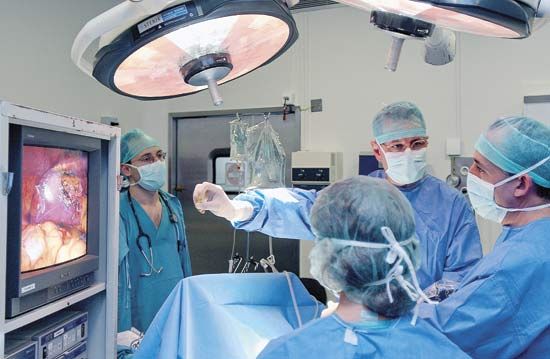Article
Defining the Optimal Incision for Laparotomy
Author(s):
After examining 24 clinical studies, researchers conclude transverse incisions are less painful for patients - and required significantly less narcotic analgesics - compared to midline incisions.

Approximately 400,000 to 500,000 patients develop incisional hernias annually, and nearly 200,000 of them require surgical repair at a cost of $6,000 to $7,000 per procedure.
Most surgeons prefer midline incisions for their ease, speed, and exposure, though transverse incisions — including oblique ones — may create less tension and pain, and paramedian incisions may cause fewer incisional hernias. Ultimately, defining the optimal incision type for laparotomy could help surgeons make more informed decisions.
To distinguish the optimal incision, researchers from the New Jersey School of Medicine and the Department of Surgery at Memorial Sloan-Kettering Cancer Center systematically reviewed randomized controlled trials comparing those three incision types.
After examining 24 studies, the authors found that transverse incisions were less painful for patients — and required significantly less narcotic analgesics — compared to midline incisions. Additionally, midline incisions were associated with higher hernia rates than both transverse incisions and paramedian incisions.
However, few studies addressed patient or surgeon satisfaction with the resultant scar, so the authors identified that topic as a future research area. Furthermore, the researchers recommended using transverse and paramedian incisions when the exposure of the target surgical area is equivalent.



